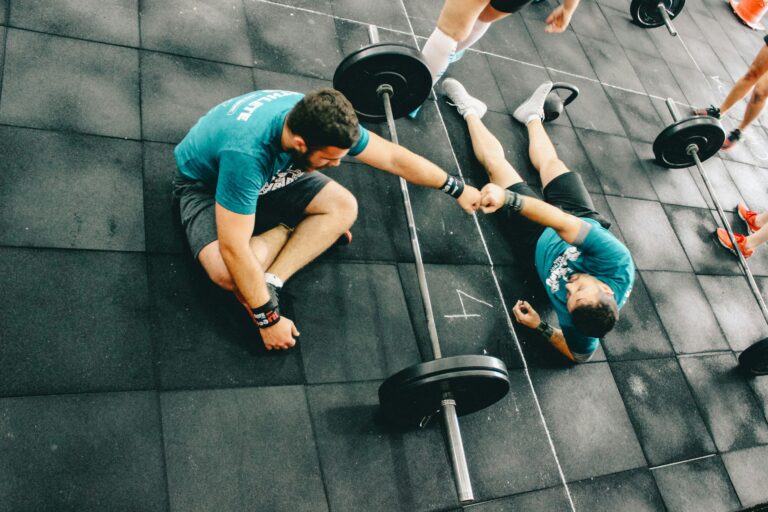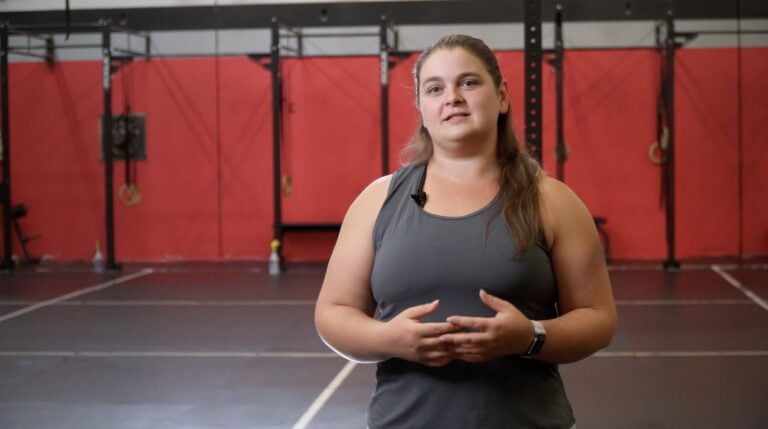Prevent Shin Splints: Tips and Tricks to Avoid Pain During Exercise
Are you an avid runner or someone who enjoys high-intensity workouts? If so, you may have experienced the discomfort of shin splints. Shin splints are a common injury that can be caused by overuse or improper form during exercise. They are characterized by pain in the front of the lower leg and can be debilitating if left untreated.
Fortunately, there are steps you can take to prevent shin splints. At CWC Sport Therapy in Coquitlam, we treat and help people with shin splits often. In this article, we’ll explore more ways to prevent shin splints and keep you pain-free during your workouts.
Understanding Shin Splints
If you’re a runner or involved in sports that require repetitive impact on your lower legs, you may be familiar with shin splints. Shin splints is a term used to describe pain along the inner edge of the shin bone (tibia). The medical term for this condition is medial tibial stress syndrome.
Shin splints are caused by excessive stress on the muscles, tendons, and bones in the lower leg. This stress can result in inflammation and pain. Shin splints are often associated with running, but they can also occur in other activities that involve repetitive impact on the legs.
There are several factors that can contribute to the development of shin splints. These include overuse, improper footwear, muscle imbalances, and running on hard or uneven surfaces. In some cases, shin splints can lead to more serious injuries, such as stress fractures or stress reactions.
It’s important to address shin splints early to prevent further damage. If you’re experiencing persistent pain, it’s important to seek medical attention to rule out more serious injuries.
Identifying Symptoms of Shin Splints
Shin splints are a common injury among runners and athletes. If you experience pain in your lower leg, it’s important to determine whether it’s due to shin splints or another condition. Here are some symptoms to look out for:
- Pain: The most common symptom of shin splints is pain in the lower leg. This pain may be a dull ache or soreness, and it may be felt on the inside or outside of the shin.
- Swelling: Mild swelling may occur around the painful area.
- Tenderness: The area may be tender to the touch.
If you experience any of these symptoms, it’s important to take a break from activities that cause pain and allow your body to rest. Continuing to push through the pain can lead to more serious injuries. If your symptoms persist, it’s recommended to see a physiotherapist.
Remember, prevention is the best medicine
Common Causes of Shin Splints
The pain associated with shin splints is caused by inflammation of the muscles, tendons, and bone tissue in the lower leg. Here are some common causes of shin splints:
- Overuse: Shin splints often occur as a result of overuse. If you increase the intensity or duration of your exercise routine too quickly, you may be at risk of developing shin splints. It’s important to gradually increase the intensity and duration of your training to avoid overuse injuries.
- Repetitive activity: If you engage in repetitive activities such as running or jumping, you may be at risk of developing shin splints. Repetitive stress on the lower leg can cause inflammation and pain.
- High-impact activities: High-impact activities such as basketball, soccer, and tennis can put a lot of stress on the lower leg. If you participate in these activities frequently, you may be at risk of developing shin splints.
- Hard surfaces: Running or exercising on hard surfaces such as concrete or asphalt can increase your risk of developing shin splints. These surfaces don’t absorb shock as well as softer surfaces like grass or dirt.
- New exercise routine: Starting a new exercise routine can also increase your risk of developing shin splints. If you’re not used to the demands of a particular activity, your body may not be prepared for the stress it puts on your lower legs.

Effective Exercises for Prevention
Preventing shin splints requires a combination of exercises and stretches that target the calf muscles, hips, and core. Here are some effective exercises that can help prevent shin splints:
- Calf Raises: Stand on a step or raised surface with your heels hanging off the edge. Slowly raise your heels up and then lower them back down. Repeat this exercise for 3 sets of 15 reps.
Jump Rope: Jumping rope is a great way to strengthen your calf muscles and improve your cardiovascular fitness. Aim for 5-10 minutes of jumping rope per day. - Foam Rolling: Use a foam roller to massage your calf muscles and improve circulation. Roll your calves back and forth for 1-2 minutes per leg.
- Strength Training: Incorporate strength training exercises, such as squats and lunges, into your workout routine to improve overall lower body strength.
- Cross-Train: Mix up your workouts by incorporating activities like biking or swimming to reduce the impact on your shins.
- Hip and Core Exercises: Strengthening your hips and core can also help prevent shin splints. Try exercises like hip bridges and planks to improve your overall lower body stability.
RELATED READING: The Importance of Exercise in Injury Prevention and Recovery
Remember to stretch before and after your workouts, especially your calf muscles. Aim to stretch for at least 5-10 minutes before and after each workout session. Additionally, gradually increase the frequency and intensity of your workouts to avoid overuse injuries.
Importance of Rest and Recovery
When you experience shin splints, it is important to prioritize rest and recovery. Continuing to push through the pain can worsen the condition and lead to more severe injuries. Rest allows your body to heal and recover from the stress and strain that caused the shin splints in the first place.
During your period of rest, it is important to avoid any activities that may exacerbate the condition. This includes high-impact exercises like running or jumping. Instead, try low-impact activities like swimming or cycling to maintain your fitness level without putting additional strain on your shins.
Additionally, elevating your legs can help reduce swelling and improve circulation. Try elevating your legs above your heart for 15-20 minutes at a time, several times a day.
Remember, rest and recovery are crucial components of healing shin splints. Don’t rush back into your regular routine until you are fully healed and pain-free.
Shin Split Treatment in Coquitlam
If you’re struggling with shin splints, come visit the team at CWC Sport Therapy in Coquitlam BC.







